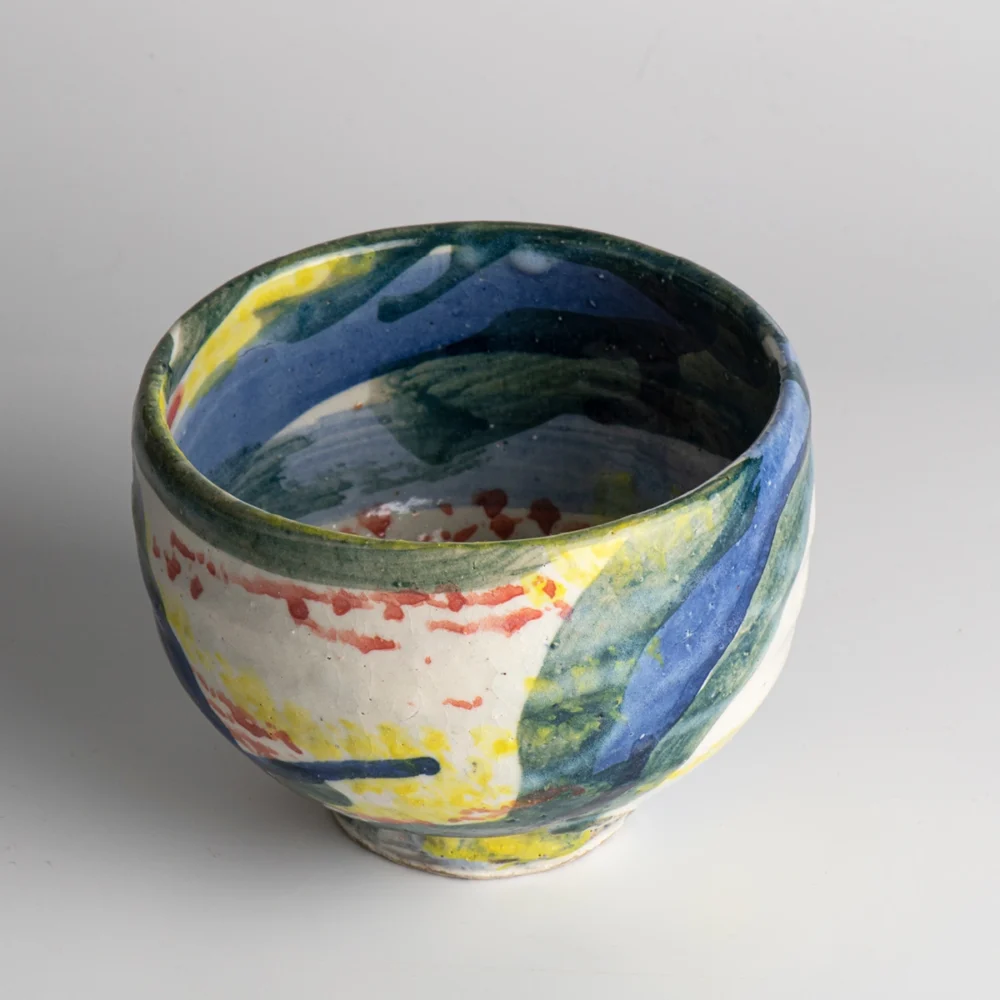With its deep cultural roots and modern-day popularity, matcha has become both a health icon and a beloved beverage. In this article, we’ll explore the essentials of matcha, from its rich nutritional benefits and unique cultivation process to its origins and different varieties.
What is Matcha Tea?
Matcha is a powdered green tea made from specially grown Camellia sinensis leaves. What sets matcha apart are the growing and processing methods that result in a tea with a vibrant green color and high levels of antioxidants. Matcha’s distinct flavor, rich aroma, and ceremonial preparation make it a favorite for tea lovers and health enthusiasts alike.
How Does Matcha Differ from Regular Green Tea?
Although matcha and green tea come from the same plant, their growing, preparation, and consumption methods are quite different. These differences give matcha its unique flavor profile, higher nutritional value, and distinct caffeine effects.
Matcha contains about 10 times more antioxidants than regular green tea due to its production process. Unlike green tea, where the leaves are steeped and removed, matcha involves consuming the entire powdered leaf, providing a much higher concentration of nutrients. While matcha has more caffeine, the presence of L-theanine helps balance the effects, offering a more sustained and calm energy boost.
What is Ceremonial Grade Matcha?
As matcha has gained worldwide popularity, different grades have emerged. The highest quality matcha is called “ceremonial grade,” known for its bright color, refined taste, and exceptional nutritional content. This premium matcha is produced using traditional methods that enhance its flavor and health benefits.

The Origin of Matcha
The word “matcha” comes from the Japanese words “ma” (ground) and “cha” (tea), meaning “ground tea.” While matcha originated in China during the Tang Dynasty (8th century), it gained prominence in Japan, especially among Zen Buddhist monks. The monk Eisai played a key role in promoting matcha in Japan, highlighting its health benefits in his book “Kissa Yōjōki” (The Benefits of Tea for Health).
Matcha became central to Japanese tea ceremonies, known as “sado” (the way of tea), which are deeply rooted in spirituality and aesthetics. Today, matcha is an iconic part of Japanese culture and a symbol of healthy living worldwide.
Matcha’s Nutritional Value
Vitamin C: Boosts the immune system and supports enzyme efficiency.
Vitamin E: An antioxidant that protects cell membranes; matcha contains 32 times more than spinach.
B-Complex Vitamins: Matcha is rich in B1, B2, B3, and B6, essential for stress management and cellular function.
Vitamin A & Carotenoids: High in alpha and beta-carotene, which contribute to healthy vision and skin.
Zinc: Supports immune health.
Calcium: Important for bones, teeth, muscles, and the nervous system.
Sodium: Helps maintain fluid balance and aids in nerve transmission.
Potassium: Regulates muscle contractions and fluid balance.
Magnesium: Essential for bone health, protein synthesis, and immune function.
Phosphorus: Supports healthy bones, teeth, and cellular functions.
Manganese: Crucial for bone development.
Chromium: Helps maintain stable blood sugar levels.
Copper: Necessary for enzyme function and iron metabolism.
How Matcha is Made
Matcha production is a meticulous process that ensures its vibrant color, unique flavor, and health benefits:
Shading: Weeks before harvest, the tea plants are shaded to reduce sunlight. This increases chlorophyll and amino acid content, giving matcha its bright green color and rich umami flavor.
Harvesting: In spring, the youngest leaves from the top of the plant are hand-picked. The first harvest, called Shin Cha, produces the highest quality matcha.
Steaming: The leaves are steamed immediately after harvest to prevent oxidation and lock in their green color and fresh taste.
Drying: The leaves are then dried flat.
De-stemming: After drying, stems and veins are removed, leaving only the pure leaf, known as tencha.
Grinding: Tencha leaves are ground into a fine powder using slow-turning granite stone mills, preserving their delicate flavor and nutrients.
At Toganoo, we are committed to offering the finest quality matcha, carefully selected for its authentic taste and depth. Each sip honors the tradition and craftsmanship behind this remarkable tea.
Explore more of our matcha posts: https://toganoo.com/kategori/matcha-cayi/
Our Matcha Products:
-
Bambu Whisk (Chasen)
690.00 ₺ -

 Seçenekler Bu ürünün birden fazla varyasyonu var. Seçenekler ürün sayfasından seçilebilir
Seçenekler Bu ürünün birden fazla varyasyonu var. Seçenekler ürün sayfasından seçilebilirMatcha Çayı Kasesi
1,200.00 ₺ -

 Seçenekler Bu ürünün birden fazla varyasyonu var. Seçenekler ürün sayfasından seçilebilir
Seçenekler Bu ürünün birden fazla varyasyonu var. Seçenekler ürün sayfasından seçilebilirBambu Whisk Tutucu
330.00 ₺ -
Matcha Spoon (Chashaku)
200.00 ₺ -
Ceremonial Grade Matcha
5 üzerinden 5.00 oy aldı750.00 ₺ -
Matcha
550.00 ₺ -
%71 Matcha Çikolatası
200.00 ₺ -
White Chocolate Matcha
200.00 ₺ -
Matcha Love Hediye Kutusu
5,900.00 ₺ -
Japon Matcha Kasesi (Chawan) Mavi
3,000.00 ₺ -
Japon Premium Matcha Kasesi (Chawan) – Beyaz Yeşil
4,000.00 ₺ -
Seigan Yaman Chawan (Japon Matcha Kasesi)
8,000.00 ₺ -
Shibuya Chawan (Japon Matcha Kasesi)
45,000.00 ₺ -
Japon Premium Matcha Kasesi (Chawan) – Toprak
4,000.00 ₺ -
Japon Premium Matcha Kasesi (Chawan) – Gökyüzü
Tükendi -
Japon Premium Matcha Kasesi (Chawan) – Kahverengi
4,000.00 ₺ -
Japon Premium Matcha Kasesi (Chawan) – Gece
4,000.00 ₺ -
Japon Premium Matcha Kasesi (Chawan) – Çok Renkli
4,000.00 ₺




































